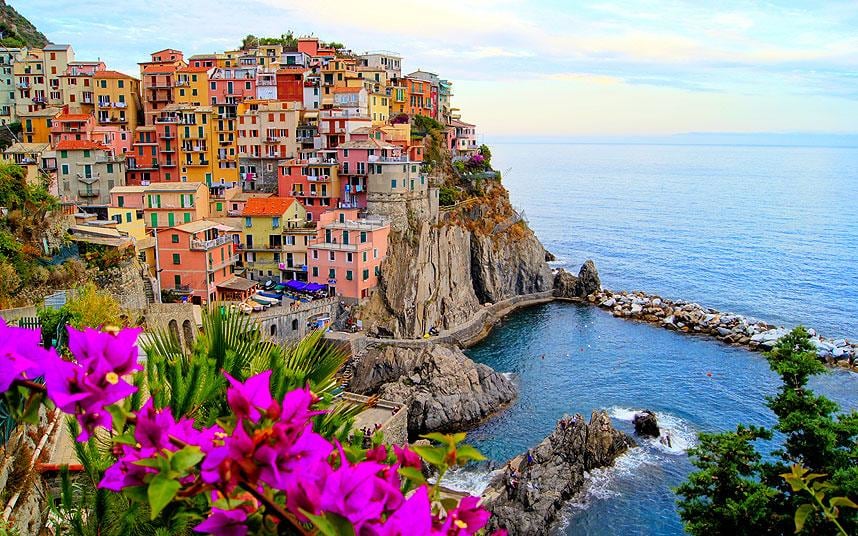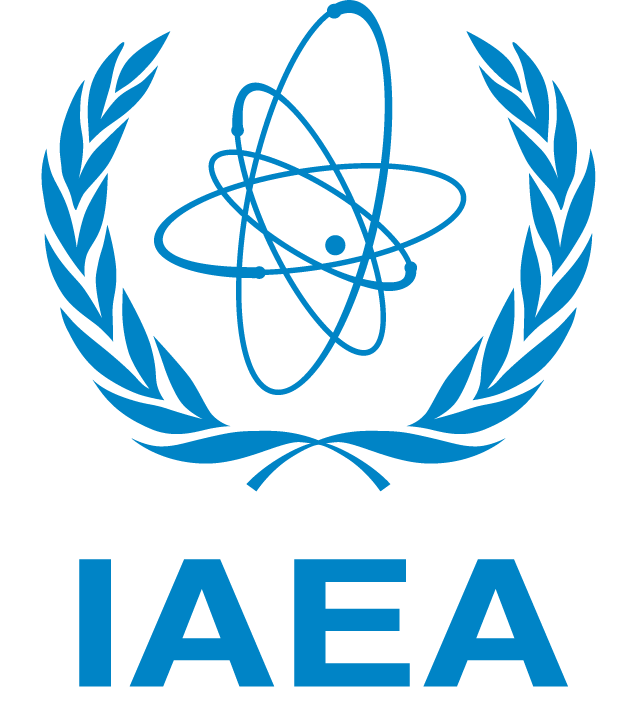Guided Tours
The following guided tours are proposed. Each guided tour will cost from about € 100,00 to € 200,00 per person (transportation, lunch, guide, museum entrance fee included).
Language: English – other language available on request.
Guided Tours
The following guided tours are proposed. Each guided tour will cost from about € 100,00 to € 200,00 per person (transportation, lunch, guide, museum entrance fee included).
Language: English – other language available on request.
Florence, capital of the region of Tuscany, has a population of around half a million inhabitants, spreads on the banks of the Arno, between the Adriatic and the Tyrrhenian seas, almost in the middle of the Italian peninsula. It is a city which bustles with industry and craft, commerce and culture, art and science. The Chianti area, between Florence and Siena, is one of the most beautiful countrysides in Italy and a famous wine production area. In the 15th century, it came under the rule of the Medici family, who later became the Grand Dukes of Tuscany. This in fact was the period when the city was at the height of its glory in art and culture, in politics and economic power. Florence became the hometown of Renaissance arts and culture.The Grand Duchy of the Medicis was succeeded, in the 18th century, by that of the House of Lorraine, when in 1860 Tuscany became part of the Kingdom of Italy of which Florence was the capital from 1865 to 1871.

Although Pisa is known worldwide for its leaning tower (the bell tower of the city's cathedral), the city of over 89,940 residents (around 200,000 with the metropolitan area) contains more than 20 other historic churches, several medieval palaces and various bridges across the River Arno. The city is also home of the University of Pisa, which has a history going back to the 12th century and also has the mythic Napoleonic Scuola Normale Superiore di Pisa and Sant'Anna School of Advanced Studies as the best sanctioned Superior Graduate Schools in Italy. In early years, Pisa was a coastal town and acted as an important Roman port and merchant centre. In 180 BC Pisa was actually called Portus Pisanus and fortified by emeror Augustos. During Middle ages Pisa, as one of the four main Maritime Republics, was involved in many conflicts that were a source of military victories and economic wealth. Pisa’s decline started in 1284 when it was beaten by the Republic of Genoa in the Battle of Meloria.Later was conquered by the Florentines and lost its independence. In 1871 Pisa became part of the modern Italy. The main attraction of the city remains the fascinating Miracles’ Square (Piazza dei Miracoli) with its Leaning Tower, the Cathedral, the Baptistery, the Cemetery. In a short walking distance there is also the beautiful Knights’ square, with the Clock Palace and the building of the Normale, the first University – Ecole Normale – founded by Napoleon.

Livorno is a port city located on the Mediterranean sea on the western coast of Italy. The city was founded in 1017 as one of the small coastal fortresses protecting Pisa. Remainder of medieval Livorno can be found in two towers and a wall, located inside the Fortezza vecchia (Old Fortress) constructed around 1077.
In the late 1580s, Ferdinando I of Tuscany declared Livorno porto franco (free port) and established the Leggi Livornine: laws regulating the duty free area, protecting merchant activities from crimes, and offering the right of public freedom of religion and amnesty. Thus, Livorno become a multicultural environment, attracting Jewish, French, Dutch, English, Orthodox Greeks. At the end of 1500s the Fortezza Nuova (New fortress) was constructed in order to strengthen the military apparatus of the town. During the Second World War, Livorno suffered extensive damages: many historic sites were destroyed by the Allies, including the cathedral and the old synagogue. Nowadays the city is still an important destination for travelers, attracting hundreds of cruises every year, and for its marvelous seaside.

The Historic Centre of Siena is the embodiment of a medieval city. Historically, its inhabitants pursued their competition with the neighbouring cities of Florence and Pisa right into the area of urban planning. Throughout the centuries, the city has preserved its Gothic appearance acquired between the 12th and 15th centuries. During this period, the work of Duccio, the Lorenzetti brothers and Simone Martini influenced the course of Italian and, more broadly, European art. The whole city of Siena was devised as a work of art that blends into the surrounding landscape. This Tuscan city developed on three hills connected by three major streets forming a Y-shape and intersecting in a valley that became the Piazza del Campo. The seven-kilometre long fortified wall still surrounds the 170-hectare site. Protected gates were doubled at strategic points, such as the Porta Camollia on the road to Florence. To the west, the walls embrace the Fort of Santa Barbara that was rebuilt by the Medici in 1560 and finished in 1580. Inside the walls towerhouses, palaces, churches and other religious structures survive. Also of note are the city’s fountains that continue to be fed by an extensive system of original tunnels. Siena’s distinctive Gothic style is illustrated by the quintessential Sienese arch, introduced to the city from the East during the Crusades. The arch dominated later building styles including the Renaissance era. Even when buildings underwent major renovations in the 17th, 18th and 19th centuries (such as the Town Hall, the Chigi-Saracini Palace, and the Marsili Palace respectively), Gothic elements had preference. Siena is an outstanding medieval city that has preserved its character and quality to a remarkable degree. The city had substantial influence on art, architecture and town planning during the Middle Ages, both in Italy and elsewhere in Europe. The city is a masterwork of dedication and inventiveness in which the buildings have been designed to fit into the overall planned urban fabric and also to form a whole with the surrounding cultural landscape. The world-famous Palio of Siena is an important part of Sienese identity, history and culture. The Palio of Siena horse race has been held twice a year, in July and August, since 1656. Ten horses and riders representing ten of the city wards compete in the 90-second race around the Piazzo del Campo. But the Palio is not just horserace or a tourist invention, it is a way of life that dominates throughout the year.

What is a Chianti? This emblematic wine is made all over the Tuscan countryside, but the historic heart lies in a region between Florence and Siena. In 1716, Cosimo de' Medici III, Grand Duke of Tuscany, decreed that this region could produce what today is known as Chianti classico – easily recognisable by the gallo nero, its distinctive Black Rooster label. The key to the unique qualities of chianti classico is the local sangiovese grape, and right now there is a strong movement to return to the ancient traditions of winemaking along with an eco-responsible trend towards organic cultivation.

Gorgona is the northernmost island in the Tuscan Archipelago. It is located 19 nautical miles out from Livorno (about 35 km – 22 mi). The island is named after the Gorgons of Greek mythology which were three sisters, Medusa, Stheno and Euryale, who had hair made of venomous snakes that could turn any observer into stone. Since the 4th century AD, Gorgona has been home to various monastic orders including the Benedictines until it finally came under the influence of the Carthusians in the 14th century. In 1771 Peter Leopold I, Grand Duke of Tuscany, purchased Gorgona from the Carthusians of Pisa with the intent of making it part of a plan for economic revival. In March of that year he passed a law opening the island to settlement by fishermen with the proviso that they would catch and cure anchovies and sell them in Livorno. The fishing village dates to this time. Gorgona became a new and experimental agricultural penal colony in 1869, as it is nowadays. The Gorgona Agricultural Penal Colony is the prison farm located on the island, home to about 50 inmates, tending to agricultural. Access to island is forbidden without permission from the Italian Ministry of Justice and there are concessions exclusively to supervised tours. Photographic equipment and mobile phones are not allowed on the island.

The Val D’Orcia is a part of Tuscany which extends from the hills south of Siena to Monte Amiata. The natural richness of this area is mirrored in the vast selection of minerals: thermal springs have flowed from this territory for centuries, modifying the landscape and the wealth it offers. The thermal baths of Bagni Vignoni were used by the civilizations of yore that inhabited the area. The Etruscans used these healing waters, as did the Romans after them. A large rectangular bath is the enchanting frame for this small town. Thanks to its volcanic origins, the entire area is rich in thermal springs. In just a few kilometres from here, visitors can travel to other famed healing waters, like Saturnia, San Casciano and Rapolano.

The Ferrari Gallery was built a short distance from the factory and the racetrack, in memory of its founder, the great Enzo Ferrari (20/2/1898-14/8/1988), where the legend of the Cavallino Rampante is told through an exhibition of images, historic souvenirs, vintage cars and F1 single-seaters. It is a modern, functional structure that hosts vintage and modern cars of the famous automobile manufacturer in Maranello. Inside the Galleria, apart from vintage cars, modern road vehicles and single-seaters of the Cavallino Rampante, it is possible to admire the trophies won by the Ferrari racing teams in motor races all over the world in surroundings that are made particularly suggestive by gigantic posters of the great pilots who have indissolubly linked their name to that of Ferrari. Ferrari fans will be struck by the faithful reconstruction of engineer Ferrari's office, with objects that belonged to the "Drake". The sober style of this man can be found in the almost Spartan atmosphere of his work place where little space was given to objects that were less than discreet. It is difficult to compare this style of life with the incredible beauty of the automobiles that came out of his factory. As Luca Cordero di Montezemolo, the Ferrari President, comments, "Owning a Ferrari means owning a work of art..." As well as all kinds of mementos and souvenirs, there are also the exceptional engines constructed by Ferrari. This is a really close look at the technological solutions adopted by Ferrari for its various models in a sequence of valves and the shine of metals and chromes that fans know is the real reason behind the greatness of these cars. The technical drawings relative to engine design are also of great interest.

Cinque Terre is the name of a district that encompasses five glorious towns, where small houses are surrounded by lush nature. It is a Unesco World Heritage Site since 1997. Rooted in antiquity, Cinque Terre's five villages date from the early medieval period and while much of this fetching vernacular architecture remains, Cinque Terre's unique historical draw is the steeply terraced cliffs bisected by a complicated system of fields and gardens. Visitors to this district will be fascinated by the beauty of these five small villages, namely: Manarola, Riomaggiore, Corniglia, Vernazza and Monterosso al Mare. The inhabitants of Cinque Terre benefite not only from its pristine waters, but from its natural environment, where wild nature is interspersed with vineyards, olive groves and citrus orchards, creating a precious bond between man, his traditions and this breathtaking stretch of coast.

Co-sponsored by
 |
 |
 |
ANS BEST ESTIMATE HISTORY
| 2000 | BEST ESTIMATE | Washington DC | USA |
| 2004 | BEST ESTIMATE | Washington DC | USA |